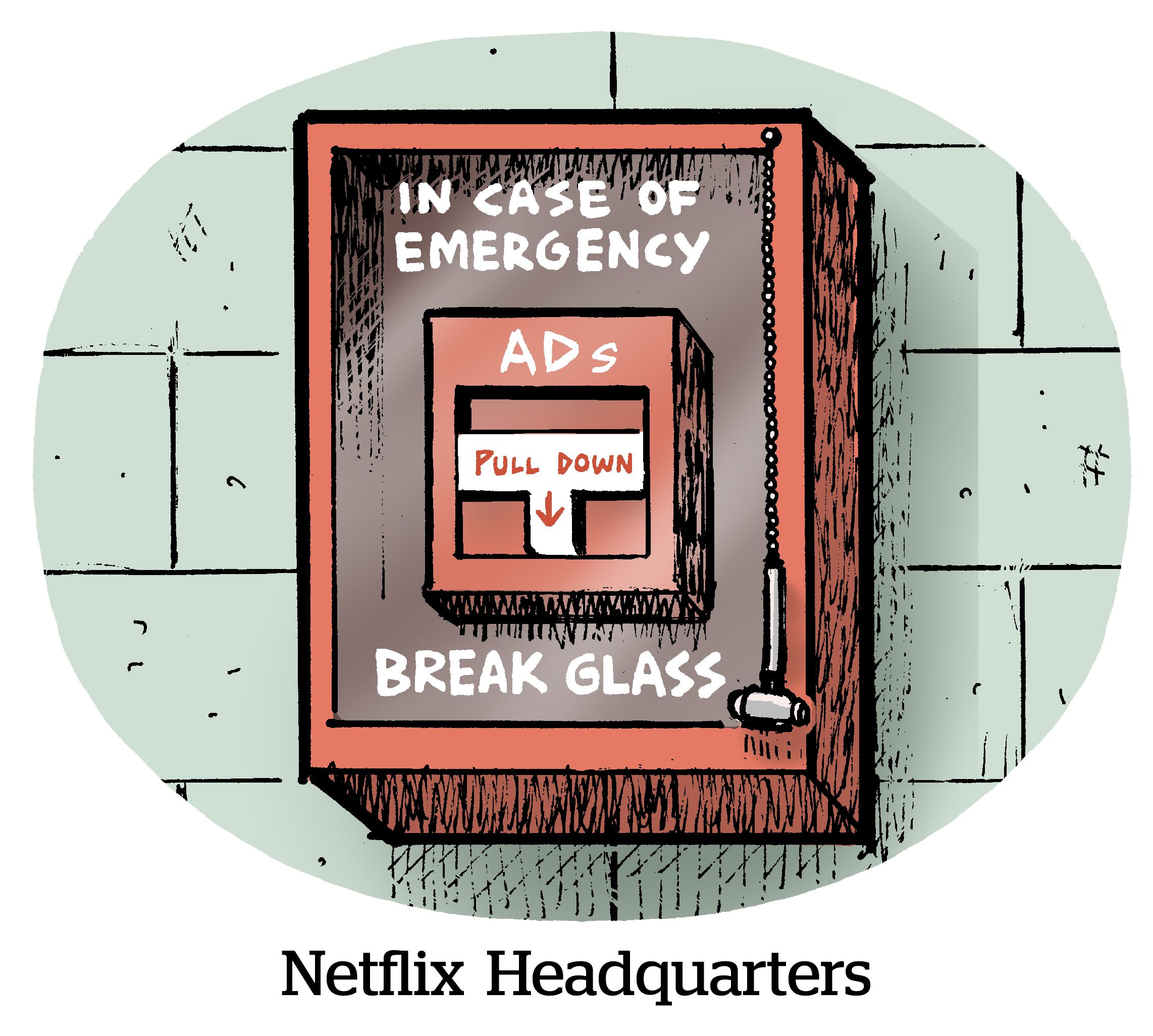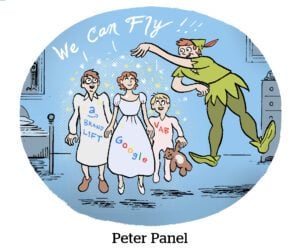Here’s today’s AdExchanger.com news round-up… Want it by email? Sign up here.
If It Ain’t Broke, Don’t Flix it
Why does Netflix cancel shows people seem to love? Why does Netflix stick with full-season drops while every other streaming service reverts to a weekly episode cadence?
The answers are tied up in Netflix’s commitment to ad-free subscription, while rivals like Hulu, Disney+, HBO Max, Paramount+ and Peacock fall back on ads.
Netflix has a reputation for producing shows for only two or three seasons, even fairly popular programs, the Financial Times reports. That’s partly because new shows can target potential subscribers. After a few seasons, a show is produced primarily for its existing audience – which may be quite large and lucrative for traditional broadcasters, but not especially for Netflix if it prioritizes new sign-ups.
A key internal metric for Netflix is “completers,” people who finish all of a season within 28 days of release. In other words, binge-viewers. The likes of Disney, Paramount and Discovery are built for shows that syndicate widely, make tons of ad revenue and may run for more than a decade.
For TV studios, advertising is a chance to shear the sheep every year, so to speak. With Netflix, it’s more like a butcher shop.
TV Learns The Banner Overlay
Smart TVs will ruin television.
The TV manufacturer can never resist the data and ad targeting, especially since TV and entertainment companies spend so much to add app subscribers.
The latest example is Vizio’s Jump Ads, which broadcasters can use to overlay an ad on live TV streams, according to FlatpanelsHD. Fox is testing the new Jump Ads by using Vizio ACR tech (the ability to identify what’s playing on-screen at a given moment) to prompt viewers who just watched its new show “Welcome to Flatch” to continue watching in the Fox CTV app.
And it isn’t just Vizio. Samsung and LG redesigned their smart TV interface to incorporate more ads. And they were copying Android TV. Roku’s new TV sets also irritated viewers by occasionally placing an awkward ad on top of a live TV feed.
Vizio Jump Ads and most other TV overlay ads leave it up to broadcasters to use the product – so they can’t set an ad over media that doesn’t participate.
Though Apple TV takes it a step further and prompts viewers to switch to entirely different apps if, say, an NBA game is coming down to the wire or a big event like the Oscars is on.
Unrigging The App Economy
Privacy laws and regulators have reigned in Big Tech’s dominion over the app economy, somewhat.
Apple and Google allow alternative payment options when governments force them to do so. But they still take a cut of transactions and make it impossible to operate a global developer business cohesively, writes Eric Seufert at Mobile Dev Memo.
Take, for example, Google allowing alternative payment options for Play Store customers in South Korea after the passage of a new antitrust law. The end result is Google takes 4% less (26% of in-app revenue, rather than 30%) via third-party payment processing.
The complexity of setting up country-by-country payment solutions is likely not worth the 4% reduced fee.
The same dynamic is in play with Apple, which lost a similar case in the Netherlands and relinquished a 3% fee cut.
The status quo won’t be diverted by country-by-country laws, which Apple and Google fight effectively by refusing to give an inch, ever. If incremental concessions won’t work, though, these platforms risk more comprehensive and wide-ranging reforms like the European Parliament’s Digital Markets Act or early-stage legislation backed by partisan supporters in the US Congress.
But Wait, There’s More!
The West’s plan to keep global data flows alive. [Politico]
How Microsoft became Washington’s favorite tech giant. [WSJ]
Dave Morgan: Why Web3 and crypto will be good for open ad tech. [MediaPost]
The race for modern ad measurement currencies. [Adweek]
You’re Hired!
Ad blocker operator eyeo hires former Axel Springer Director of Engineering Getrud Kolb as product and tech chief. [release]
Beeswax vet Cadi Jones joins “ResTech” business Qmee as commercial chief. [Mediatel]














